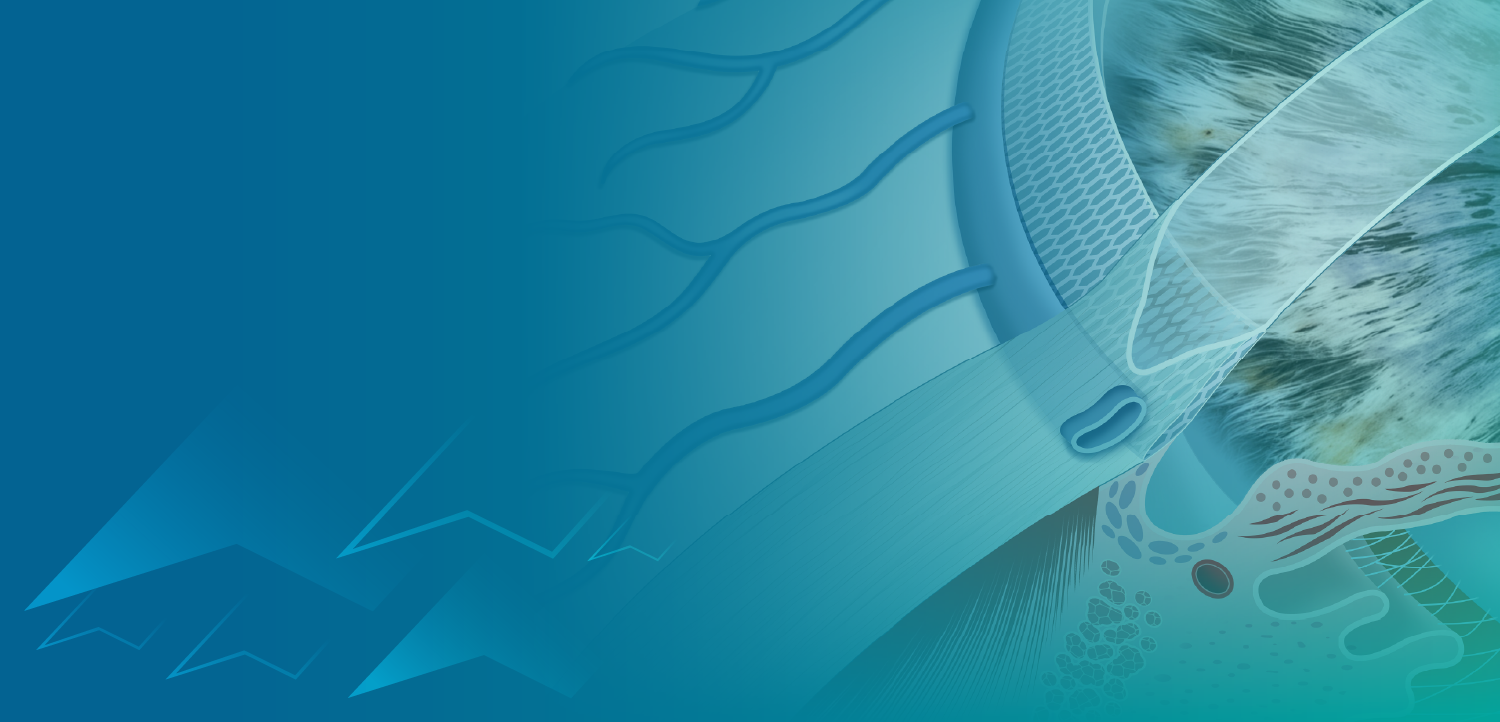Fungal keratitis: factors in increased incidence
The incidence of fungal keratitis has increased alarmingly in recent years, even in the higher latitudes. Wearers of soft contact lenses seem to be one of the most important factors in this increase, suggested Eduardo Alfonso, MD, professor of ophthalmology and holder of The Edward W.D. Norton Chair in Ophthalmology, Bascom Palmer Eye Institute, University of Miami Miller School of Medicine.
The incidence of fungal keratitis has increased alarmingly in recent years, even in the higher latitudes. Wearers of soft contact lenses seem to be one of the most important factors in this increase, suggested Eduardo Alfonso, MD, professor of ophthalmology and holder of The Edward W.D. Norton Chair in Ophthalmology, Bascom Palmer Eye Institute, University of Miami Miller School of Medicine.
“Fungal keratitis was something that we never thought about until 3 or 4 years ago,” Dr. Alfonso said. He noted the incidence of fungal keratitis in contact lens wearers was 3.1% in 1986; that percentage rose to 19.6% from 2004 to 2005.
Multipurpose solutions used to clean contact lenses may be another contributing factor, he said. Dr. Alfonso reported a study of 68 eyes in Singapore in which one solution (ReNu, Bausch & Lomb) was used in 94% of cases. The study also found poor contact lens hygiene with overnight wear of daily wear lenses and lenses used past their replacement date.
One dilemma ophthalmologists face is determining which drug treatment provides the best therapeutic effect for patients with fungal keratitis.
“There is . . . evidence that the fluoroquinolones have activity against fungi. However, the fluoroquinolones are not recommended as the primary therapy,” he said.
Surgical treatment of fungal keratitis involves corneal scraping, which debulks the organism. Dr. Alfonso said his practice is to perform corneal scraping every other or third day. Penetrating keratoplasty can be required in 10% to 30% of cases.
Dr. Alfonso pointed out the importance of removing infected tissue intraoperatively. All removed tissue should be cultured and analyzed to determine the persistence and extension of the organism.
“This will allow for the planning of the postoperative course for the patient,” he said.
Lavage with balanced salt solution is done intraoperatively and intraocular amphotericin B 5-10 mg or voriconazole 50-100 µg/cc is administered.
Postoperatively, topical and systemic steroids should be avoided because these drugs can enhance fungal growth, he said. Cyclosporin A may help control rejection of graft tissue and help control minimal antifungal activity, he added.
Newsletter
Don’t miss out—get Ophthalmology Times updates on the latest clinical advancements and expert interviews, straight to your inbox.















































.png)


